Description
Strain Info
Strain Name: Bullrider (aka Afghani Bullrider)
Type: indica
Grade: AAAA
Nose: AAAA – skunky, sweet, sour, pine
Taste: AAAA – sour with a minty exhale
Burn: AAAA – Appears to be well flushed.
Visual: AAAA – Small to medium large dense buds that are trimmed and covered in orange pistils. Stem snaps, product is dried properly
Info: An indica dominant hybrid cross between G13 x Skunk #1, Bullrider was popularized in the San Diego area of California before spreading to the rest of the west coast. It is considered a heavy hitter with powerful relaxing effects coupled with relative clear-headedness and creativity normally associated with sativas. Good for stress, depression, insomnia, pain and fatigue.
Lab Data
Sample submitted: “Bullrider” dried cannabis flowers.
Visual Inspection: Free from visible contamination and foreign matter.
Activated vs non-activated: activated cannabinoids are non-acidic (neutral) and are the form utilized by the human brain/ body. Activation occurs via heating (smoking, vaporizing, cooking). Cannabinoids in the natural plant are acidic (non-activated) and need to be converted to their neutral form in order to be utilized by the human body. Therefore one would expect fresh cannabis buds to contain mainly non-activated cannabinoids. Processed materials (baked goods, heated extracts) should be higher in the activated forms.
Absent Cannabinoids: if a cannabinoid or terpene is blank, it is not necessarily absent but below the limit of detection by the detector (usually less than 0.01%).
Cannabis Potency Summary Table:
Cannabinoids tested via HPLC-DAD, Terpenes via GC-FID
Three tests of each sample were analysed and summarised* below:
|
Cannabinoid Profile |
% by weight |
mg/g |
|
Δ9 thc (activated) |
0.77 |
7.7 |
|
Δ8 thc (activated) |
– |
– |
|
THC-Acid (not activated) |
16.42 |
164.2 |
|
*THC total (THC-Acid THC) |
15.17 |
151.7 |
|
CBD (activated) |
– |
– |
|
CBD-Acid (not activated) |
0.04 |
0.4 |
|
*CBD total (CBD-Acid CBD) |
0.04 |
0.4 |
|
CBG (activated) |
0.17 |
1.7 |
|
CBG-Acid (not activated) |
1.49 |
14.9 |
|
*CBG total (CBG-Acid CBG) |
1.48 |
14.8 |
|
CBV (activated) |
– |
– |
|
CBV-Acid (not activated) |
– |
– |
|
*CBV total (CBV-Acid CBV) |
– |
– |
|
THCV (activated) |
– |
– |
|
THCV (not-activated) |
0.12 |
1.2 |
|
*THCV total (THCV-Acid THCV) |
0.10 |
1.0 |
|
CBN |
– |
– |
|
CBC |
– |
– |
|
Activated Cannabinoid Total: |
16.79 |
167.9 |
|
Terpene Profile |
% by weight |
mg/g |
|
Alpha Pinene |
0.04 |
0.4 |
|
Camphene |
– |
– |
|
Sabinene |
– |
– |
|
Beta Myrcene |
0.14 |
1.4 |
|
Beta Pinene |
0.06 |
0.6 |
|
Alpha Phyllandrene |
0.03 |
0.3 |
|
3 Carene |
0.03 |
0.3 |
|
Alpha Terpinene |
0.02 |
0.2 |
|
Limonene |
0.04 |
0.4 |
|
Ocimene |
0.21 |
2.1 |
|
Eucalyptol |
– |
– |
|
Gamma Terpinene |
0.01 |
0.1 |
|
Sabinene hydrate |
0.49 |
4.9 |
|
Terpinolene |
– |
– |
|
Linalool |
– |
– |
|
Fenchone |
– |
– |
|
Endo Fenchyl Alcohol |
– |
– |
|
Isopulegol |
– |
– |
|
Camphor |
– |
– |
|
Menthol |
– |
– |
|
Borneol |
– |
– |
|
Alpha Terpineol |
0.03 |
0.3 |
|
Nerol |
– |
– |
|
Geraniol |
– |
– |
|
Pulegone |
– |
– |
|
Geraniol acetate |
0.04 |
0.4 |
|
Alpha Cedrene |
– |
– |
|
Beta Caryophyllene |
0.25 |
2.5 |
|
Alpha Humulene |
0.11 |
1.1 |
|
Valencene |
– |
– |
|
Cis-Nerolidol |
– |
– |
|
Trans-Nerolidol |
0.20 |
2.0 |
|
Guaiol |
– |
– |
|
Caryophyllene oxide |
– |
– |
|
Cedrol |
– |
– |
|
Alpha Bisabolol |
– |
– |
|
Terpene total |
1.70 |
17.0 |
*when reporting totals, acidic cannabinoids are multiplied by 0.877 to account for loss of mass from decarboxylation upon heating (activating)

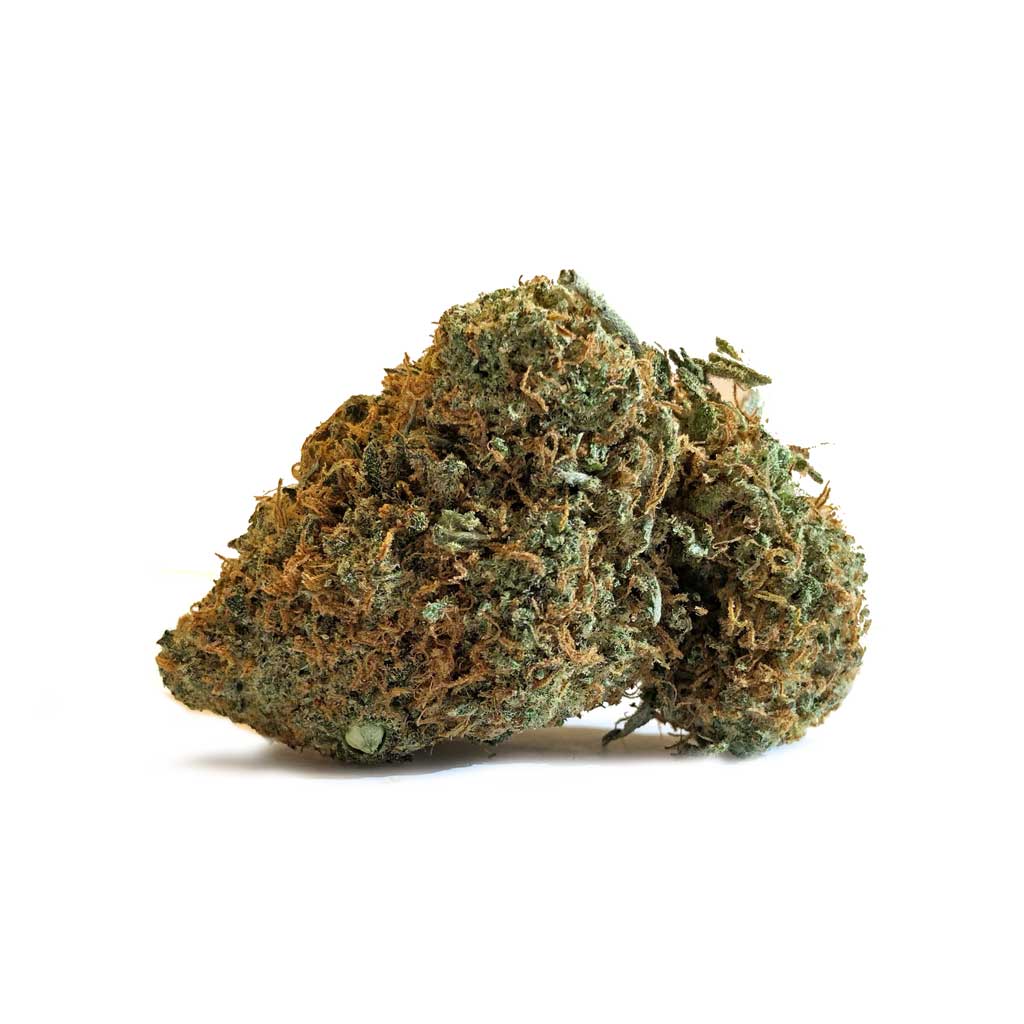
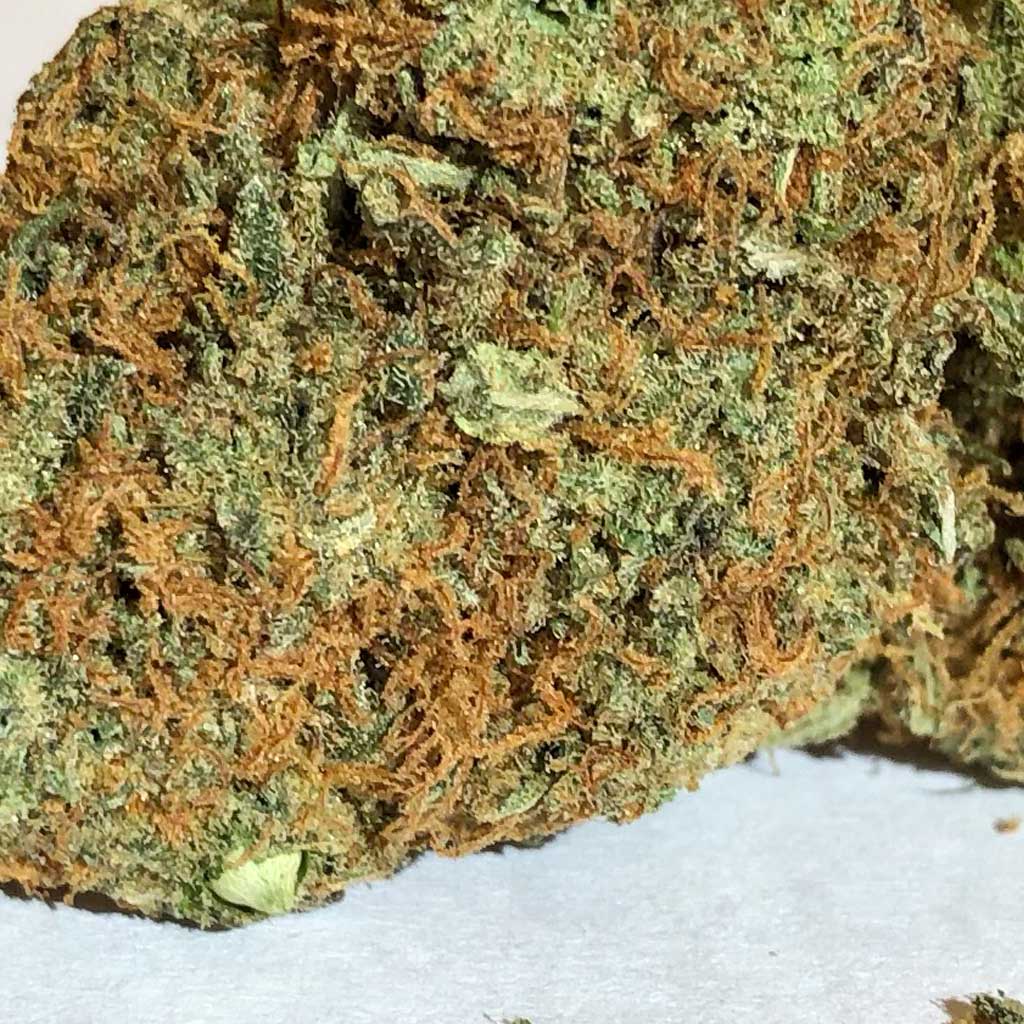
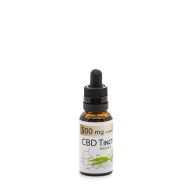


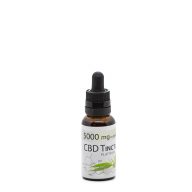

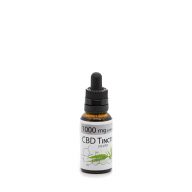

What others are saying
There are no contributions yet.